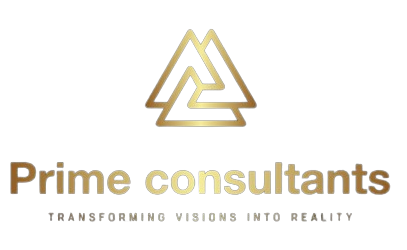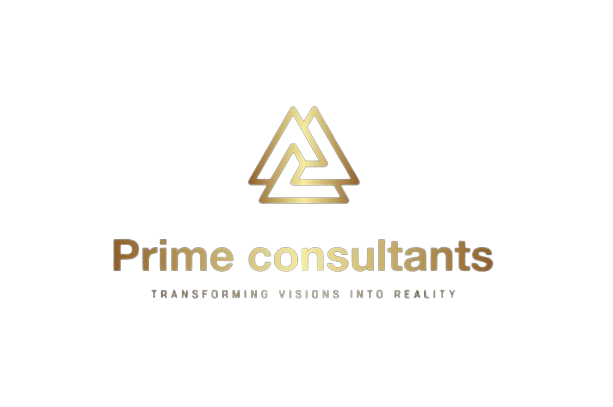Operations & Maintenance Solutions
Facility Assessment & Baseline Analysis
1. Initial Site Assessment and Data Collection:
- Conduct a thorough site visit to assess current facility conditions, layout, and infrastructure.
- Collect relevant data regarding the facility’s age, design, maintenance history, and usage patterns.
- Review existing documentation, including blueprints, maintenance logs, and previous inspection reports.
- Assess the facility’s compliance with local building codes, safety regulations, and environmental standards.
- Identify key stakeholders and coordinate the data collection process with facility managers and staff.
2. Evaluation of Building Systems and Infrastructure:
- Evaluate the performance and condition of critical building systems (HVAC, electrical, plumbing, etc.).
- Identify operational inefficiencies, bottlenecks, or areas in need of maintenance or upgrades.
- Assess the structural integrity of the building, including foundations, roofing, and load-bearing components.
- Review energy consumption and utility management practices to identify opportunities for optimization.
- Perform inspections of exterior and interior conditions, including flooring, windows, doors, and finishes.
3. Baseline Data Analysis and Benchmarking:
- Establish baseline performance metrics for facility systems and overall building operation.
- Benchmark facility performance against industry standards, best practices, and similar facilities.
- Conduct a gap analysis to compare the current facility state with desired operational and performance goals.
- Analyze historical data, including repair costs, downtime, and asset lifecycles, to identify recurring issues.
- Develop a detailed report summarizing the facility’s strengths, weaknesses, and improvement opportunities.
4. Risk Identification and Impact Assessment:
- Identify potential risks related to facility operation, safety, and environmental impact.
- Assess the potential consequences of facility deficiencies or non-compliance with regulations.
- Evaluate the impact of facility performance on business continuity and operational efficiency.
- Provide recommendations for mitigating identified risks through corrective actions or upgrades.
- Prioritize risks based on severity, likelihood, and impact on overall facility operations.
5. Recommendations and Action Plan:
- Develop a comprehensive action plan to address identified deficiencies and improve facility performance.
- Provide short-term, medium-term, and long-term recommendations based on the assessment and analysis.
- Propose a schedule for required upgrades, repairs, and preventive maintenance tasks.
- Suggest cost-effective solutions for enhancing energy efficiency and reducing operational costs.
- Offer ongoing monitoring and evaluation to track the effectiveness of implemented changes.
Maintenance Strategy Development
1. Initial Assessment and Facility Evaluation:
- Conduct a comprehensive review of the existing facility and asset conditions.
- Analyze historical maintenance records, including repair history and performance data.
- Assess current maintenance practices, including preventive, corrective, and predictive approaches.
- Identify key assets and systems that require prioritization based on criticality and impact.
- Review safety, regulatory, and compliance requirements for the facility and assets.
2. Development of Maintenance Objectives and Goals:
- Define clear maintenance objectives aligned with operational and business goals.
- Set key performance indicators (KPIs) to measure maintenance effectiveness (e.g., uptime, cost per repair).
- Establish a framework for balancing operational efficiency, cost control, and asset longevity.
- Align maintenance goals with sustainability initiatives, energy efficiency, and risk management.
- Create a roadmap for phased improvements to address both short-term and long-term goals.
3. Maintenance Strategy Formulation:
- Develop a tailored maintenance strategy including preventive, predictive, and corrective maintenance approaches.
- Propose a customized maintenance schedule based on asset criticality, usage, and manufacturer recommendations.
- Define roles and responsibilities for the maintenance team, contractors, and other stakeholders.
- Identify and implement tools and technologies for maintenance management (CMMS, IoT sensors, etc.).
- Establish workflows for routine inspections, condition monitoring, and service requests
4. Resource Planning and Budgeting:
- Assess and allocate resources required for effective maintenance, including personnel, equipment, and materials.
- Develop a detailed budget for ongoing and future maintenance activities, including labor and parts costs.
- Propose strategies to reduce operational downtime through better resource utilization and planning.
- Create contingency plans for unplanned maintenance events, including emergency response strategies.
- Identify training needs for the maintenance team to ensure skill development and efficiency.
5. Implementation, Monitoring, and Continuous Improvement:
- Develop an implementation plan with timelines, milestones, and deliverables for the maintenance strategy.
- Set up regular monitoring and reporting mechanisms to track maintenance performance against KPIs.
- Conduct periodic reviews and audits to evaluate the effectiveness of the maintenance strategy.
- Suggest improvements and adjustments based on performance data and evolving facility needs.
- Provide ongoing support for continuous improvement, including the adoption of new technologies or methodologies.
Operational Efficiency Optimization
1. Current State Assessment and Data Collection:
- Conduct a comprehensive analysis of current operations, including workflows, processes, and resource usage.
- Collect relevant data on key performance indicators (KPIs), such as production rates, downtime, and operational costs.
- Review existing tools, technologies, and software used in the operations to identify inefficiencies.
- Conduct interviews and surveys with employees, managers, and other stakeholders to gather insights on operational pain points.
- Perform a gap analysis to compare current performance against industry standards and best practices
2. Process Mapping and Workflow Optimization:
- Map current operational processes to identify inefficiencies, redundancies, and bottlenecks.
- Streamline workflows to eliminate non-value-added activities and reduce cycle times.
- Standardize procedures across departments to ensure consistency and reduce variation.
- Implement lean principles and continuous improvement strategies, such as Kaizen, Six Sigma, or Agile, as appropriate.
- Develop and propose process improvements aimed at enhancing throughput, reducing costs, and improving quality.
3. Technology and Systems Integration:
- Evaluate current technology platforms, including enterprise resource planning (ERP) and customer relationship management (CRM) systems.
- Recommend upgrades or replacements of systems to ensure better data flow and communication across departments.
- Implement automation tools and technologies to reduce manual labor and human error in repetitive tasks.
- Integrate data-driven decision-making tools to improve real-time monitoring, forecasting, and reporting.
- Train staff on new systems and technology to ensure seamless adoption and utilization.
4. Resource Allocation and Workforce Management:
- Analyze current resource allocation, including manpower, equipment, and materials, to optimize usage.
- Develop a staffing plan that aligns workforce size with operational demands, optimizing labor productivity and cost efficiency.
- Introduce performance metrics and incentive systems to improve employee engagement and output.
- Create a schedule for employee cross-training to increase flexibility and reduce downtime due to resource shortages.
- Recommend strategies for better inventory management and resource forecasting to reduce waste and improve availability.
5. Monitoring, Reporting, and Continuous Improvement:
- Establish a monitoring system to track the impact of implemented changes on operational efficiency.
- Develop real-time dashboards to visualize key metrics and facilitate quick decision-making.
- Provide regular performance reports, including an analysis of KPIs and areas for further improvement.
- Organize feedback loops with employees and management to continuously assess and refine operational practices.
- Establish a culture of continuous improvement by regularly reviewing processes and making incremental adjustments to enhance efficiency.

